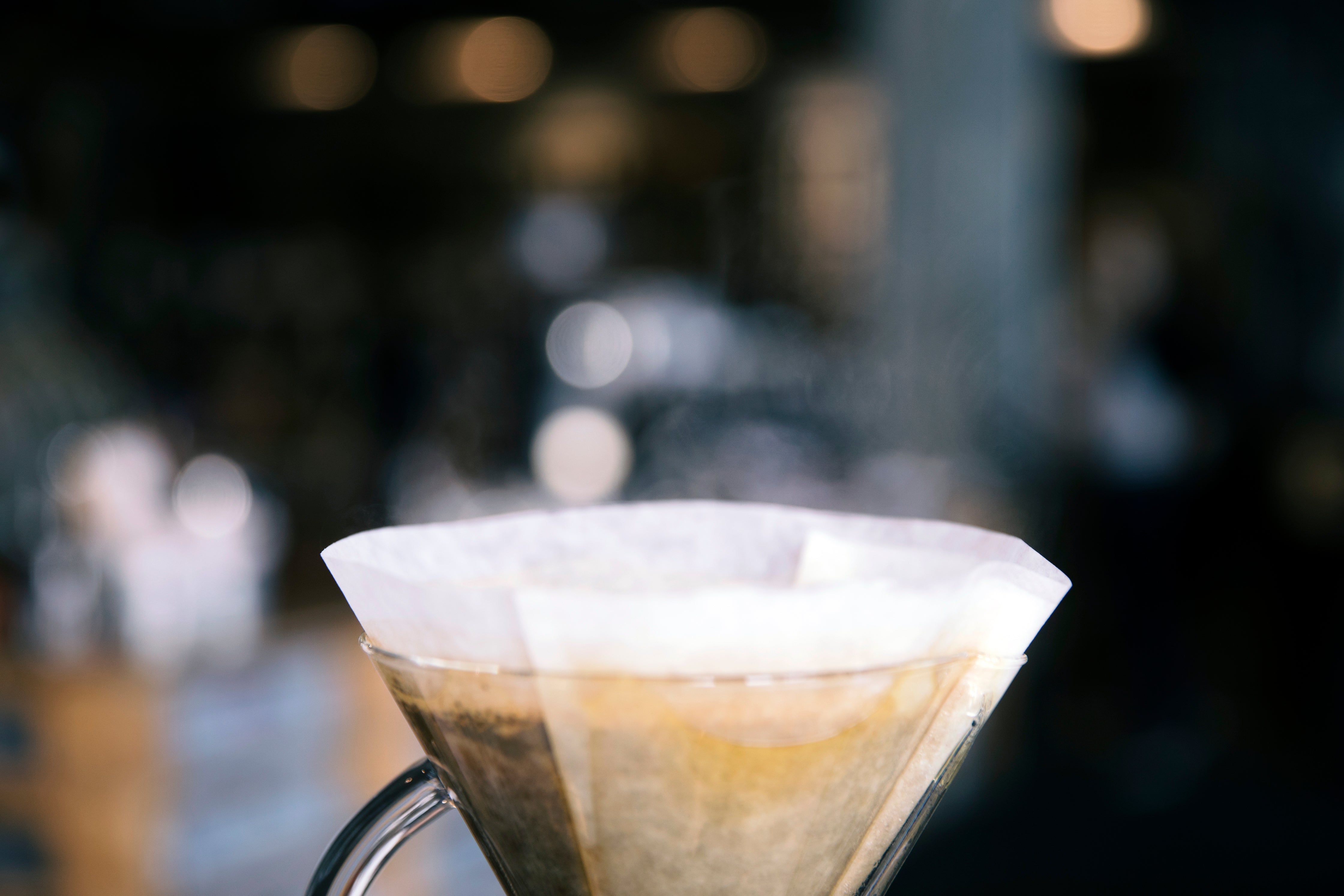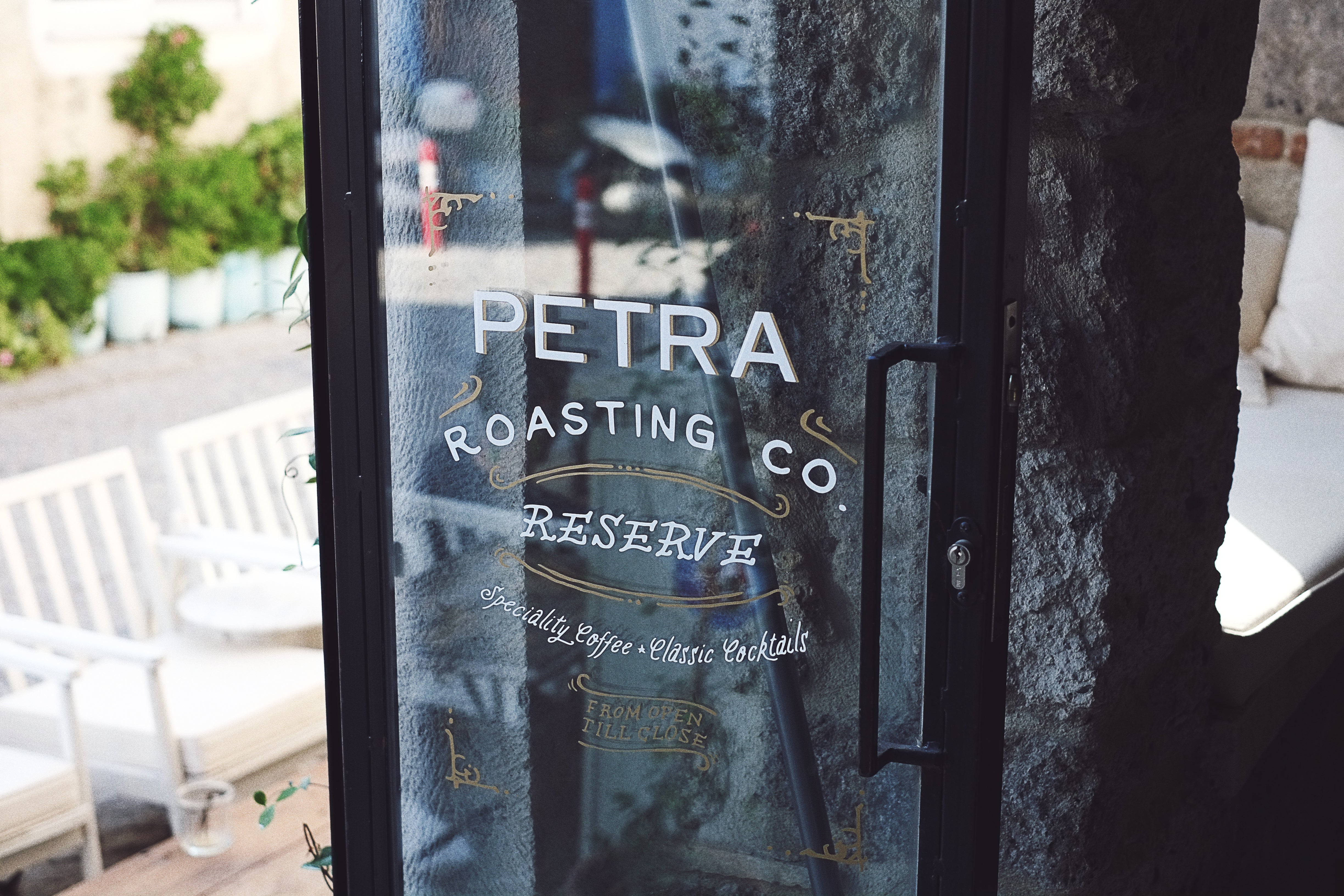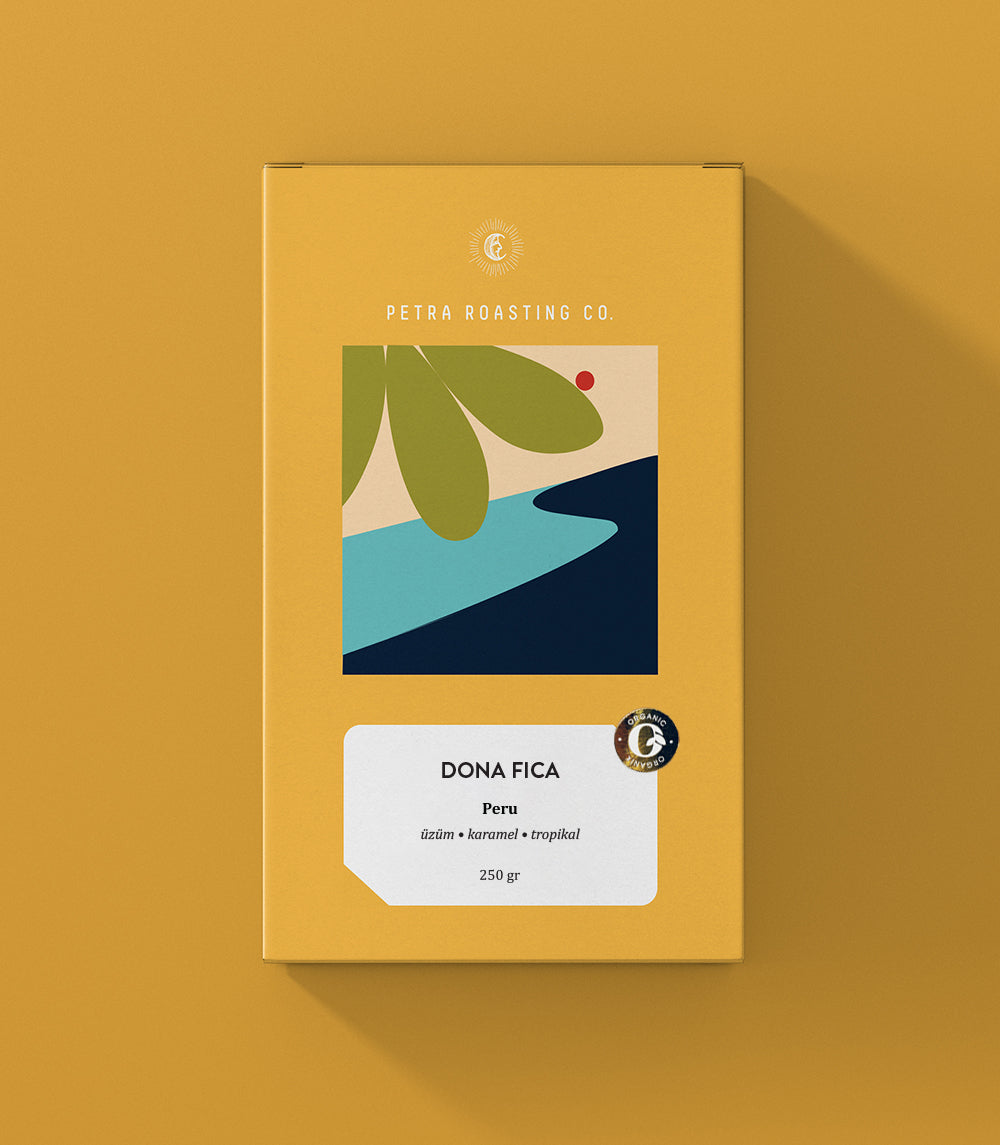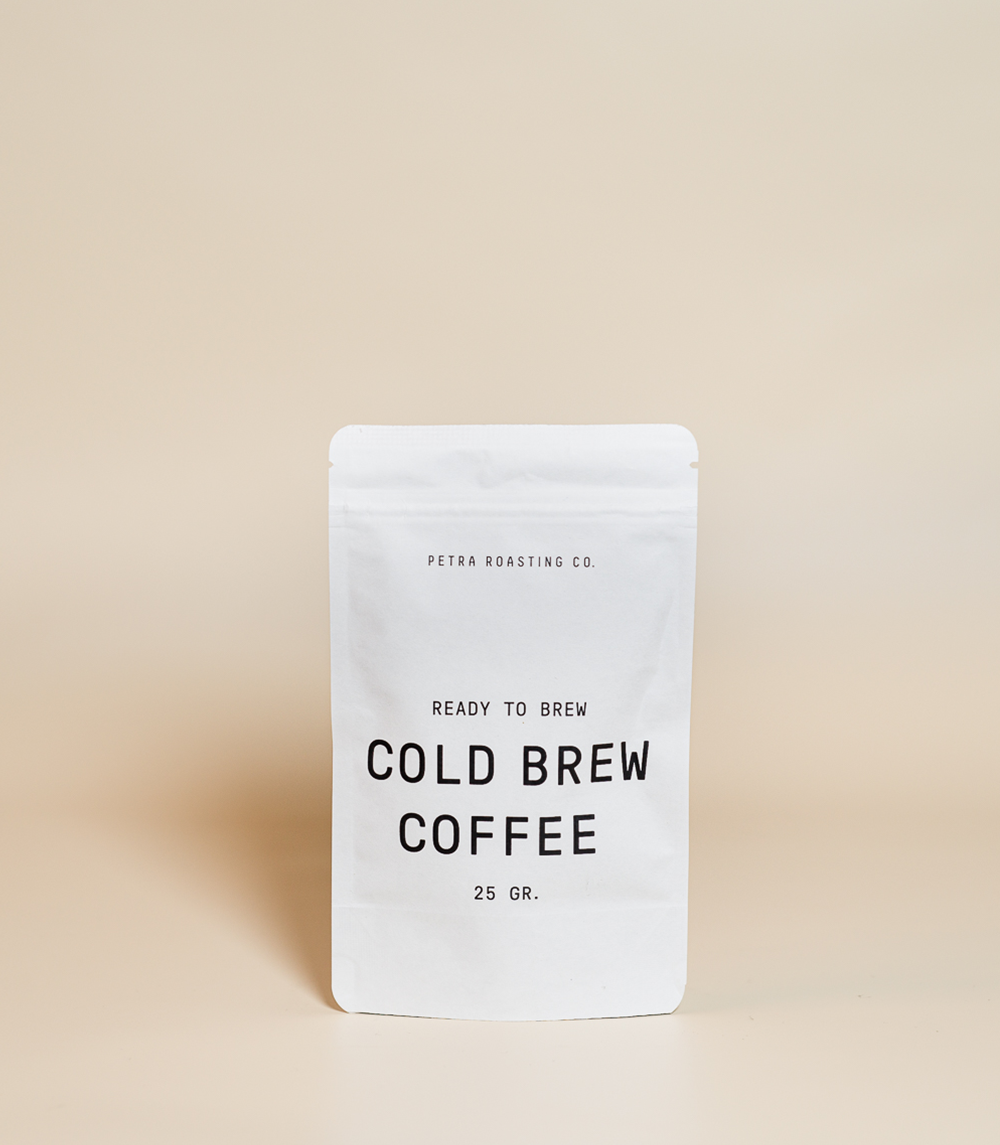Although we, as Petra, prefer to stay away from terminologies as much as possible and focus on the subject that satisfies us the most (which is coffee), we cannot help but tangent to these terminologies at some point. So, before we start the brewing guide, we wanted to make a short introduction to "3rd generation coffee making".
In fact, the name "appreciation", which means gratitude / gratitude in English, lies on the basis of "3rd generation coffee making". This is due to the respect that should be given to the original producers of coffee and the farmers who have the most salt in the soup. This is exactly what is misunderstood and neglected; Rather than the brewing technique, the main factors that distinguish the 3rd generation coffee makers from the others are to provide a very high quality green coffee and to brew it in the best way that will reveal the natural aromas it contains after roasting it in the most appropriate way.
Today, we can taste coffee of a quality that has never been possible before. In a busy cycle, we are part of such a wide color chart that we have the opportunity to experience an endless variety of coffees. When the main product, green coffee, has such a great importance, it becomes inevitable that coffee is roasted with different techniques and brewed with many different techniques after long journeys.
In this article, our main variable is brewing, so we briefly pass other information for now. One of our favorite brewing techniques is Chemex . Chemex, a kind of pour-over method, was invented in 1941 by German scientist Peter J. Schlumbohm.

Let's start with the list of things you need first:
To make a coffee for 2-3 people; 40gr. You need coffee, boiled water, a good scale and of course a Chemex and filter.
While brewing Chemex, you can play with the water-coffee ratio according to your taste. But our recommendation is to use a ratio of 1/14. So this means that 40gr. 560ml if you have coffee. You must have water. We use stovetop type kettles called swan neck to pour the water. Since the mouth of the kettle is from below, it allows you to pour water at an equal flow rate and to control the water you pour. But you can achieve a similar brewing standard with any teapot in your home.

We are ready to start! First of all, after separating the paper filter with three leaves on one side and the other one on the other side, we place the three-leaf part on the mouthpiece part and place it with our hands. The purpose of coinciding the thick side here is to eliminate the possibility of water escaping from the mouth.
In the next step, we wet the paper filter thoroughly with the help of hot water. This process has three main purposes. Heating the Chemex, sticking the filter and removing the dry paper taste that the paper filter would have.

Afterwards, while Chemex is waiting to one side, we have reserved freshly roasted 40gr. We grind the coffee to the consistency of table salt with the help of an electronic grinder or a hand grinder. If you have pre-ground coffee, 4 tablespoons of coffee will correspond to approximately 40gr.

After emptying the water in Chemex, you can pour your ground coffee into it. Gently shake the Chemex side to side. In this way, you will equalize the surface of the coffee. Make sure the scale is '0' before you start pouring water.

Our first stage is "blooming". In other words, the "waking up" process in which the gases in the coffee emerge. The aim here is to wet all the grains and allow them to expand with water. Pour out your water by moving your kettle up and down as mid-way and aggressively as possible.
Do not skip this part too quickly! Because it is too beautiful to watch and the effects in the last glass can not be passed quickly. The smells of coffee at this time will be enough to wake up the people in the house. Approximately 60-80ml. Make sure that the entire surface of your coffee is wet with water. After 30-45 seconds. you have to wait. At the end of this period, the top of the coffee grains will start to look dry.

Now continue pouring the water by drawing circles starting from the middle and slowly opening to the edges. The resulting foams will prove the correctness and freshness of the grain size of your coffee. Continue this movement until the scale shows 580 grams, being careful not to fill it to the top. After the fourth part, it will take about 4 minutes for the coffee to brew. If it takes a long time, grind it coarser, on the contrary, if it takes a short time, grind it finer.

While your coffee is still brewing, do not forget to warm the glasses you will serve.

After all the coffee has been filtered and only the pulp remains, you can carefully hold the filter from both sides with your hand and throw it away.

Shake gently with your hand to make sure all the coffee is well mixed.
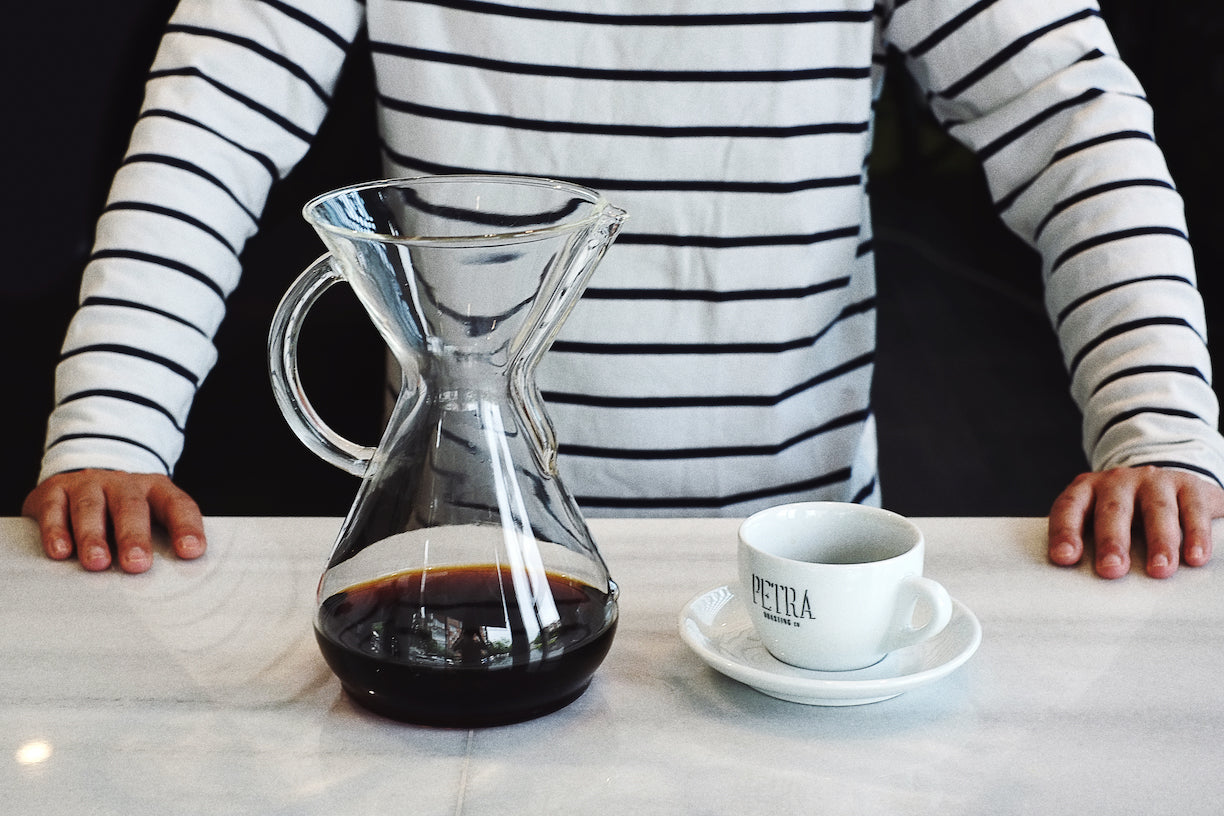
Your coffee is ready! You can share this highly aromatic and sweet coffee with your loved ones.
